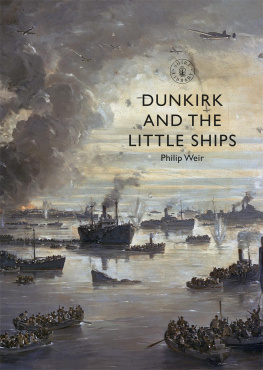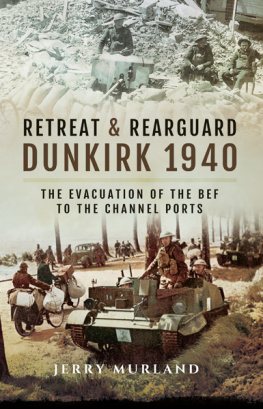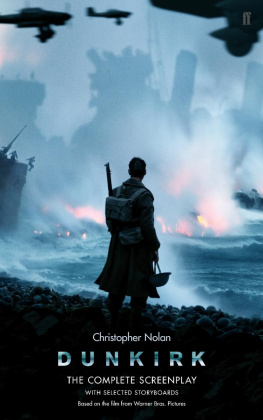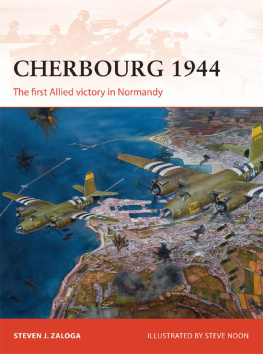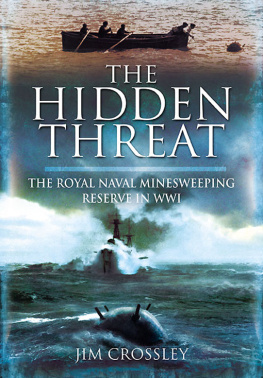CONTENTS


THE FALL OF FRANCE
T HURSDAY 9 M AY 1940 was a moment of political crisis for Britain. The war that had begun the previous September was not going well. Hitherto, it had been a bit of a strange war for those in the West. Indeed, the term Phoney War was already appearing in the press. Apart from a short-lived and short-ranged French offensive in the opening days that got just 5 miles into German territory, the war on land had gone relatively quiet once Poland fell to Germany and the Soviet Union on 6 October 1939. In the air, although Warsaw had suffered terribly from both bombs and artillery as the Germans had laid siege, the great, catastrophic aerial bombing assaults against cities and their civilian populations that had been predicted even from the earliest days of manned flight, by the likes of the famous science fiction writer H.G. Wells, had simply not materialised. Even Britains Royal Air Force (RAF) perhaps the most committed of any of the worlds air forces to strategic bombing had been dropping millions of propaganda leaflets, rather than bombs, on German cities, in what became known as the Confetti War. Only at sea had there been mu ch real action.
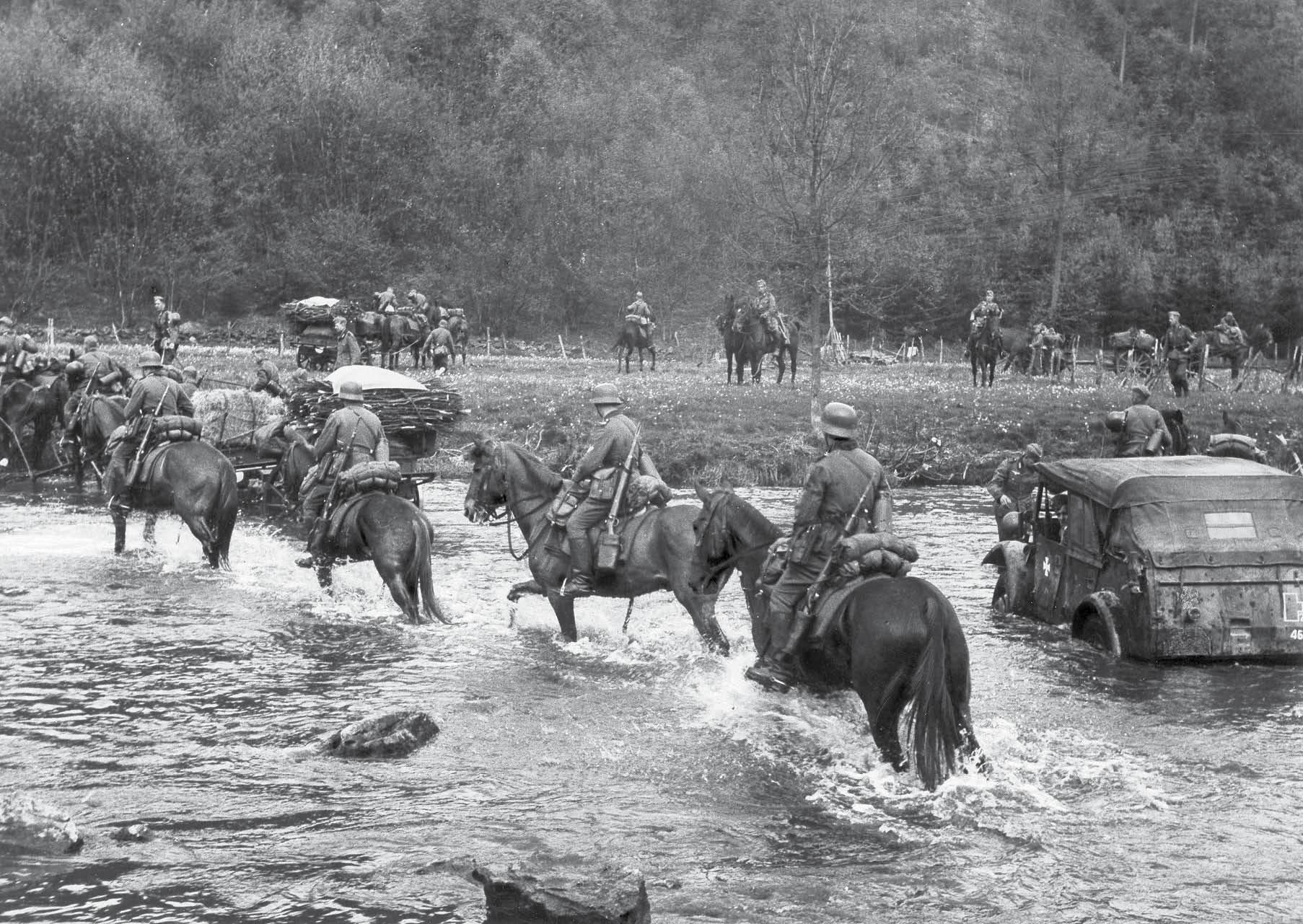
German army units crossing a river in the Ardennes on 13 May 1940, showcasing both its horse and motorised transport.
With just two modern battleships, four heavy and six light cruisers in service at the outbreak of war, Germanys Kriegsmarine was spectacularly outmatched at sea by the massed fleets of the Allies and particularly Britains Royal Navy. The only thing the fleet can do is to prove that it can sink honourably, declared its own commander-in-chief, Grand Admiral Erich Raeder. Nonetheless, with no land border for the army to cross and an air force really only configured to support the army, the sea was the only place Germany could seriously hope to damage Britain, attacking the massed ranks of shipping that brought food and raw materials to its people and transported its people and equipment to war. Commanded by Commodore Karl Dnitz, the Kriegsmarines U-boats would be key to this, much as had been the case during the First World War. By March 1940, some 200 Allied civilian and naval vessels had been lost, including the British battleship HMS Royal Oak and aircraft carrier HMS Courageous . What would become known as the Battle of the Atlantic was in full swing, though it was by no means entirely one-sided. Largely contained in the North Sea and British coastal waters by distance and Allied control of the entrances to the Atlantic, by April the Germans had lost no fewer than 23 of the 39 U-boats with which they had started the war. The heavy cruiser Admiral Graf Spee had also been sunk in the early phases of this incredible battl e of attrition.
It was events in the north that had brought the country to crisis point, however. Allied prevarication over the Soviet invasion of Finland in November 1939 had already brought down the government of Britains key ally, France, with Prime Minister douard Daladier replaced by a figure considered to have more fight, Finance Minister Paul Reynaud, on 20 March 1940. When Germany then invaded Norway in April, Allied defeats and the evacuation of nearly 12,000 Allied troops from ndalsnes and Namsos by 3 May ensured the fate of Prime Minister Neville Chamberlain echoed that of his French counterpart he was replaced by another figure considered to have more fight than his predecessor, First Lord of the Admiralty Win ston Churchill.
Yet in the midst of this crisis, events across the Channel exploded. At 0345 the following morning, before Chamberlain could formally issue his resignation, thousands of engines roared into life along Germanys borders with France and Belgium. At his new headquarters at Mnstereifel, Adolf Hitler assembled his staff and pointed in the direction of the sound of distant artillery fire. After months of planning and preparation, he announced simply, Gentlemen, the offensive against the western powers has just started.
The brainchild primarily of Lieutenant General Erich von Manstein, the German invasion plan had three parts. Army Group C, commanded by Colonel General Wilhelm Ritter von Leeb, was to directly attack the great French defences of the Maginot Line, keeping French troops there occupied. Army Group B, under Colonel General Fedor von Bock, backed by the lions share of the aircraft, was to invade the Netherlands and central Belgium, spearheaded by daring, airborne assaults from the Luftwaffes Fallschirmjger paratroops against a series of Dutch airfields, bridges, and even the Dutch high command and royal family, as well as fortifications, such as the key Belgian fortress at Eben-Emael. Meanwhile, Army Group A, under Colonel General Gerd von Rundstedt, with the most tanks and troops, would attack through Belgium and Luxembourg, entering France just 10 miles from the northern end of the famous Maginot Line. The aim was to split the Allied armies at a weak spot in the defences, through the difficult terrain of the Ardennes forest, reach and cross the Meuse River at Sedan, then push round behind them, on to the Channel coast, encircling the bulk of those armies and trapping them. It was an extremely high-risk manoeuvre. The German Army in mid-1940 had a spearhead of highly mechanised panzer divisions, but its far larger mass of infantry remained heavily reliant upon horses for transport. To successfully encircle the Allies northern armies, von Rundstedts panzers would therefore have to push on far faster than his infantry, leaving the panzers vulnerable to a swift counter-attack that could cut th em off instead.
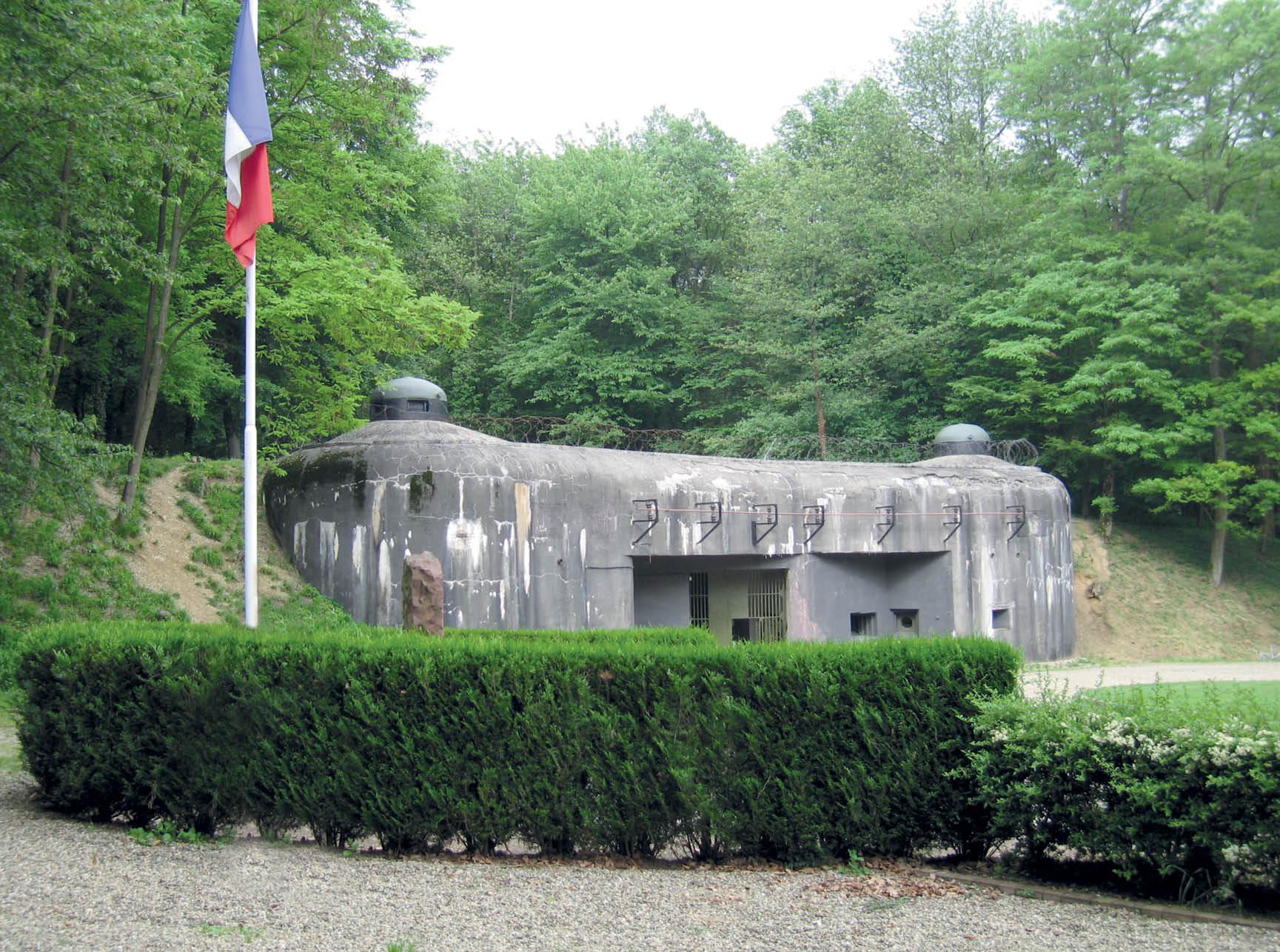
The entrance to Ouvrage Schoenenbourg in Alsace, France, one of the key fortifications of the Maginot Line, which bore the brunt of the final German assault on the line from 15 June, eventually surrendering after the armistice on 1 July 1940, and now open to the public as a museum.
A triumph of the military engineers art, the Maginot Line was perhaps the most formidable and sophisticated defensive line in the world at the time, but famously, it did not extend down the FrancoBelgian border to the sea. To do so would have been both expensive and politically problematic, leaving neutral Belgium looking cut off and abandoned by one of its guarantors under the 1839 Treaty of London. Consequently, it was well known, even intended, that the Germans would be forced to go north. There, they would be met by the bulk of Frances finest troops, ensuring that the next war would not be fought on French soil, avoiding a repeat of the grievous casualties and damage to towns and cities that had been suffered between 1914 and 1918. An added advantage for France was that any German invasion of neutral Belgium would almost certainly draw the similarly treaty-bound Britain into war once more.
In the event, the British arrived before the invasion of Belgium. A new British Expeditionary Force (BEF) had been formed the day war was declared, and placed under the command of no less a figure than the British Armys professional head, Chief of the Imperial General Staff and a Victoria Cross-winning hero of the First World War, General John Vereker, 6th Viscount Gort. The advanced parties sailed from Portsmouth aboard Royal Navy destroyers on 4 September, followed by the first big troop convoys, leaving Southampton and the Bristol Channel on the 9th. Protecting these convoys was an ageing, though still powerful, fleet the Channel Force, made up of the battleships HMS Resolution and HMS Revenge , along with the aircraft carriers HMS Courageous and HMS Hermes , assembled at Portland and Plymouth under the command of rising naval star Rear Admiral La ncelot Holland.

